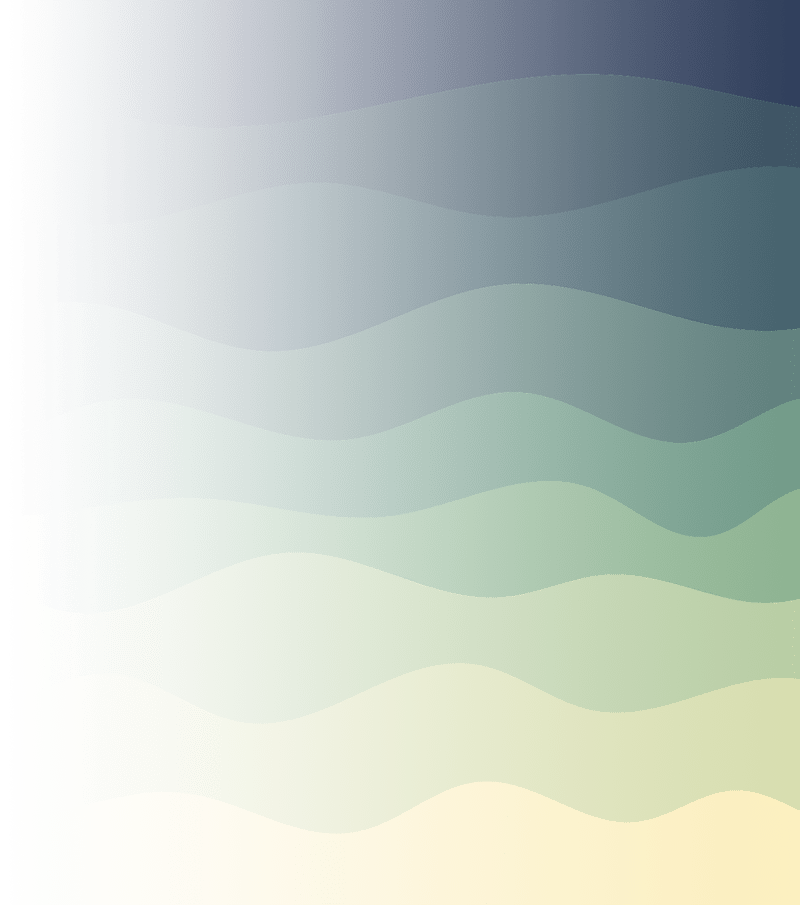“But it is not enough to stand on the opposite river bank, shouting questions, challenging patriarchal, white conventions. A counterstance locks one into a duel of oppressor and oppressed; locked in mortal combat, like the cop and the criminal, both are reduced to a common denominator of violence. The counterstance refutes the dominant culture’s views and beliefs, and, for this, is proudly defiant. All reaction is limited by, and dependent on, what it is reacting against. Because the counterstance stems from a problem with authority — outer as well as inner — it’s a step towards liberation from cultural domination. But it is not a way of life. At some point, on our way to a new consciousness, we will have to leave the opposite bank, the split between the two mortal combatants somehow healed so that we are on both shores at once and, at once, see through serpent and eagle eyes. Or perhaps, we will decide to disengage from the dominant culture, write it off altogether as a lost cause, and cross the border into a wholly new and separate territory. Or we might go another route. The possibilities are numerous once we decide to act and not react.”
~ Gloria Anzaldúa (Towards a New Consciousness, 1987)
Lately, I’ve been thinking about what it means to teach. Throughout the difficult and emotional – must all words sounds like understatement? – months last fall, the words of Chicana feminist theorist Gloria Anzaldúa circled back to me, again and again, at certain times like a mantra, and at others, with urgency, insistence, as they often do. They tend to surface in my mind with seasonal regularity, often before I even realize that I need them. They ground me, both my life and my teaching philosophy, whether or not I am actively in the classroom.
But last semester, the events in Israel and Gaza stopped me cold. I was overwhelmed, as many were, by the violence, its attendant histories, the quickly changing situations and the overpowering emotions that corresponded to them. Shock led to horror, to anger, to sadness and grief. I was not teaching last semester, and as I witnessed conversations heat up in the news and on social media, and felt the strange weight of strain and emotion on campus, I felt adrift. For the first time, I wondered if I would recognize the classroom the next time I have the opportunity to set foot in it.
This was not the first time in the past several years that the news has felt overwhelming, but it was the first time I had very real concern that I would not have been able to support my students, to hold space for them, to create a space for learning that was calm and empathetic, flexible and structured at once. How does one hold two griefs at once? I did not feel capable of trying to navigate, much less facilitate, any kind of conversation about the events as they unfolded. Frankly, words just seemed too small. And I did not know where my personal beliefs belonged in a space meant to facilitate student learning.
Still, Anzaldúa’s words floated back to me, as they always do.
It is not enough to stand on the opposite river bank, shouting questions…
As life in the U.S. continues to feel more and more siloed, and reactions to national and international news more pitched, more precarious, I find myself overturning sentences and phrases to see what lies underneath them, to trace where the roots of Anzaldúa’s words have gone running, winnowing deep, vining themselves around whatever the present moment happens to be. A duel of oppressor and oppressed. Reduced to a common denominator of violence.
I find myself grasping for the in-between spaces, not a spineless middle ground, but a world of grey within the black and white, a place where ideas and perspectives can meet and interact, where they can negotiate and be shared, where conversation can happen.
I wonder if this is possible.
In theory this middle place sounds idyllic, but it is not. It’s a difficult, discomfiting place. It challenges those of us who wish our lives and classrooms were easier to read, comprehend, and navigate. There are ways to navigate it, but the methods depend on a set of factors that reach beyond activities and definitions scrawled on a whiteboard. On trust, in our students and ourselves. Curiosity in others’ viewpoints. Respect, of course. A willingness to be vulnerable, uncomfortable. A recognition that silence also speaks.
And what does this look like as it happens in the classroom? It depends so much on the course: on the subject, the themes, the texts, the broad-scale and day-to-day objectives, the scaffolding, the assignments and their specific objectives, the hoped-for takeaways.

What does a binary look like as it dissolves?
Vulnerability, discomfort: these are not easy things. So much depends on you, and your specific students, and your specific relationship with them. How do we move beyond dug-in opposition? When – and how – should we? When should we not?
I think back to Anzaldúa: “Because the counterstance stems from a problem with authority — outer as well as inner — it’s a step towards liberation from cultural domination. But it is not a way of life. At some point, on our way to a new consciousness, we will have to leave the opposite bank, the split between the two mortal combatants somehow healed so that we are on both shores at once and, at once, see through serpent and eagle eyes.“
I imagine water, flow. I imagine arms held aloft for balance, but also arms extended in offering toward another, imagine voices that lower as they near. Again – always – there is discomfort. There are slippery rocks and uncertain steps into rushing water. And the question: If I slip, will the person who so recently shouted at me from the riverbank reach forward to catch me?
How do we begin?
I think back to a CTI workshop I recently attended, called “Flashpoints in the Classroom (Or How Not to Panic…).” The workshop was dedicated to helping instructors navigate hot moments and difficult conversations in the classroom. While there, I spoke with a graduate student who was teaching last semester, who remembered trying to address what was happening in Israel and Gaza, who stumbled through the moment to such extent that she admitted to blocking out what she said in those early days. She only remembers she apologized to her students for her stumbling.
And she remembers their response: at least you said something.
That it was disorienting to come to classes where the events were not acknowledged, as if they were not happening.
It took me until that moment to realize what I did not consider last fall, when concerns and emotion overwhelmed me: I did not factor in my students, the ones I would have been building trust with. The specific students I would have known, not the amorphous idea of a classroom filled with individuals I didn’t, that amorphous classroom borne of a fearful imagination, a classroom filled with possible mistakes and hostility (although of course that is also – and always – possible).
But I think of my former students, who were, almost without fail, smart, funny, grounded, hardworking, thoughtful and generous young adults. They were, almost without fail, a complete delight to have in class, a reassurance and an inspiration, even in difficult moments.
I think of the classroom in practice, what it means to teach, to learn – to truly connect with students as individuals with lives as complex and lived experiences as complicated as my own. Is it dangerous to have these conversations, to open ourselves up to others with whom we disagree, not mildly, but with a vehemence that seems to burst from our bones?
It feels that way.
Is it necessary?
I think so, yes. For my discipline – English, composition, creative writing – yes, I think so. I think it’s important for all of us, though of course what this looks like in practice will vary across classrooms, across disciplines.
Anzaldúa writes, “or we might go another route. The possibilities are numerous once we decide to act and not react.”
The reminder comes, as it always does. My students are the other route, and they have yet to fail me. First, we must see each other, serpents and eagles alike, through each other’s eyes.
Teaching, then, means stepping into the river.

Anzaldúa, Gloria. “La consciencia de la mestiza/Towards a New Consciousness,” Borderlands/La Frontera: The New Mestiza. 4th Ed. Aunt Lute Books, 2007. pp. 99-113. Quoted from pp. 100-101.
